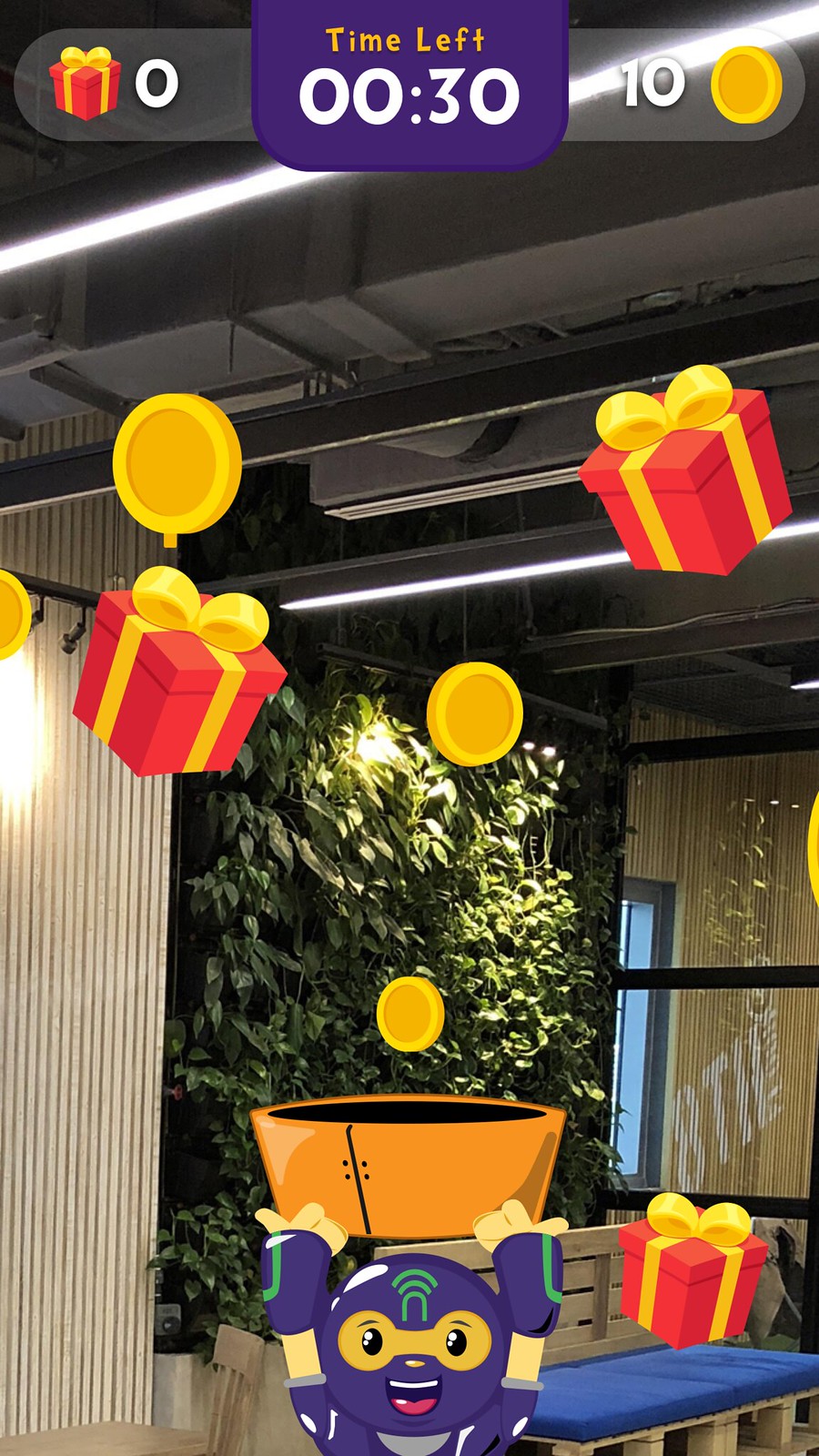Introduction to Information Architecture 1
How spaces and structures are designed in the information level.
Purpose
To empower designers in working in the Interaction Design stage.
Outline
- Intro
- Information Architecture
- Information, Data, Content
- Definition
- Information Architecture
- Main
- Ontology
- Definition
- Framework
- Nouns and Verbs
- Controlled Vocabulary
- Taxonomy
- Definition
- Facets
- Types of Relationships
- Diagrams
- Choreography
- Definition
- Placemaking
- Ontology

Content
- Things that are present
Data
- Facts, Observations, Questions
Information
- Interpretations
- Information is not Content
Information Architecture
The arrangement of the parts to make sense of the whole.
Ontology
The language that we use and the meaning that we intend.
Nouns and Verbs
Where to look for Nouns?
- People – who are involved?
- Features – what are the distinguishing aspects of the thing?
- Paths – what do people look to accomplish?
Controlled Vocabulary
Parts of a Controlled Vocabulary
- Approved Terms
- Definition
- Approved Synonyms
- History of Term
- Words We Don’t Say
- Relationship Between Terms
Exercise: Ontology Framework

Taxonomy
Definition
- Classification, organization of things
- Structure is a rhetorical tool
- Taxonomy should depend on intentions (e.g., we want people to call us, we want people to refer other people)
Facets
In order to begin organizing, use facets:
- Personality – what is it about?
- Matter – what is it made or or not made of?
- Energy – what are the related activities?
- Space – where does it exist?
- Time – when does it exist?
Types of Relationships
These are the common taxonomic patterns:
- Equivalence – is the same as
- Hierarchy – is a part of; is a type of
- Sequential – is a predecessor or; is a successor of
- Associative – is related to; is used with (not necessarily within the same family)
5 Ways to Organize things:
- Location
- Alphabetical
- Time
- Category
- Hierarchy
Diagrams
- Block Diagram (wire framing)
- Association Diagram (mind mapping)
- Swim Lane (shows different responsibilities within the same process)
Choreography
Definition
- Steps user can or can not take across contexts and channels
- Setting the rules for realizing intentions
- Different UX in desktop and mobile
- User access based on role
- Different UX for novice user and expert user
How does the language (ontology) change based on the context and channel?
How does the structure (taxonomy) change based on the context and channel?
Placemaking
- Communicating intentions to users in a holistic manner
- Considering the ecosystem to objects
Leave a Reply